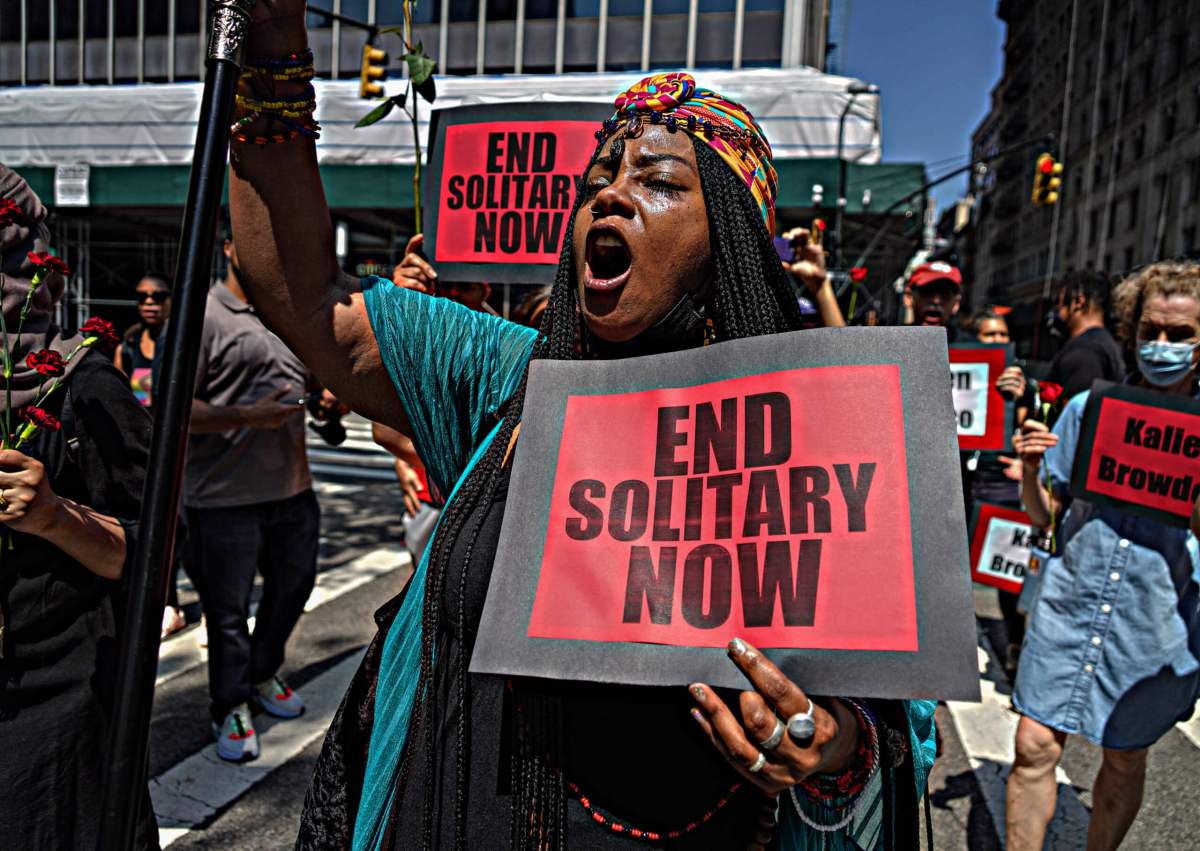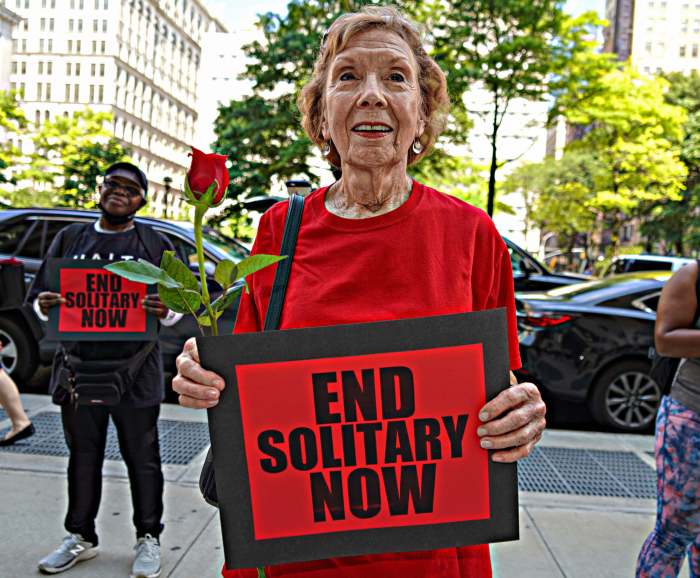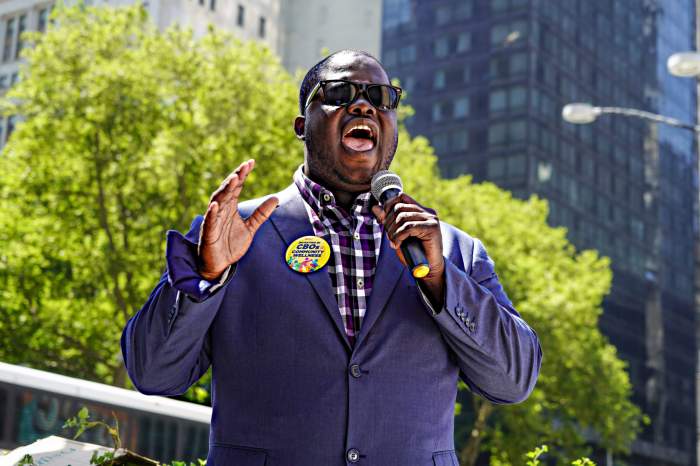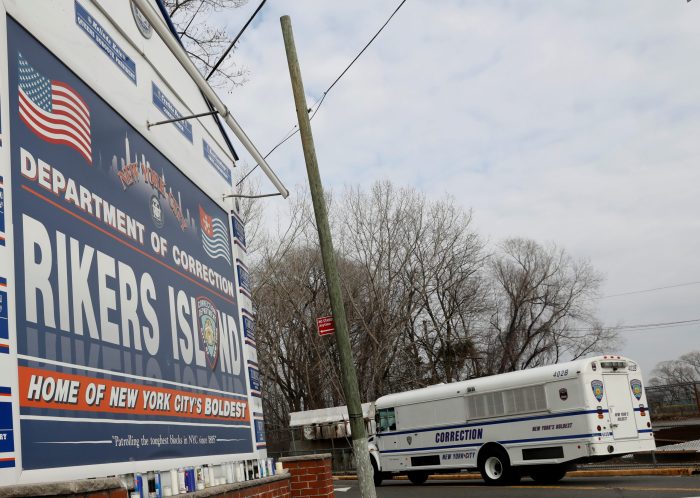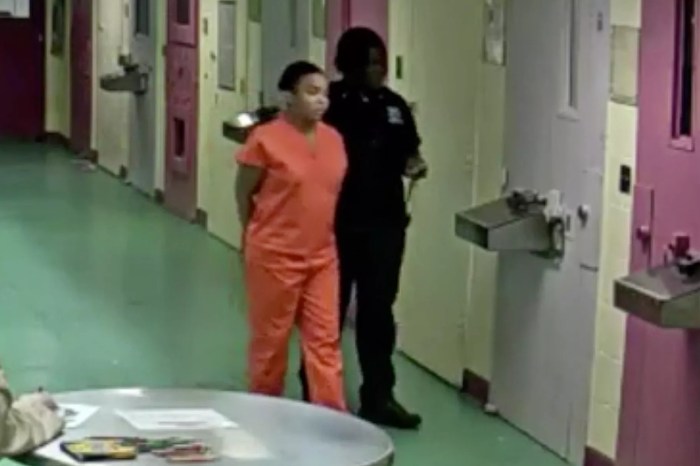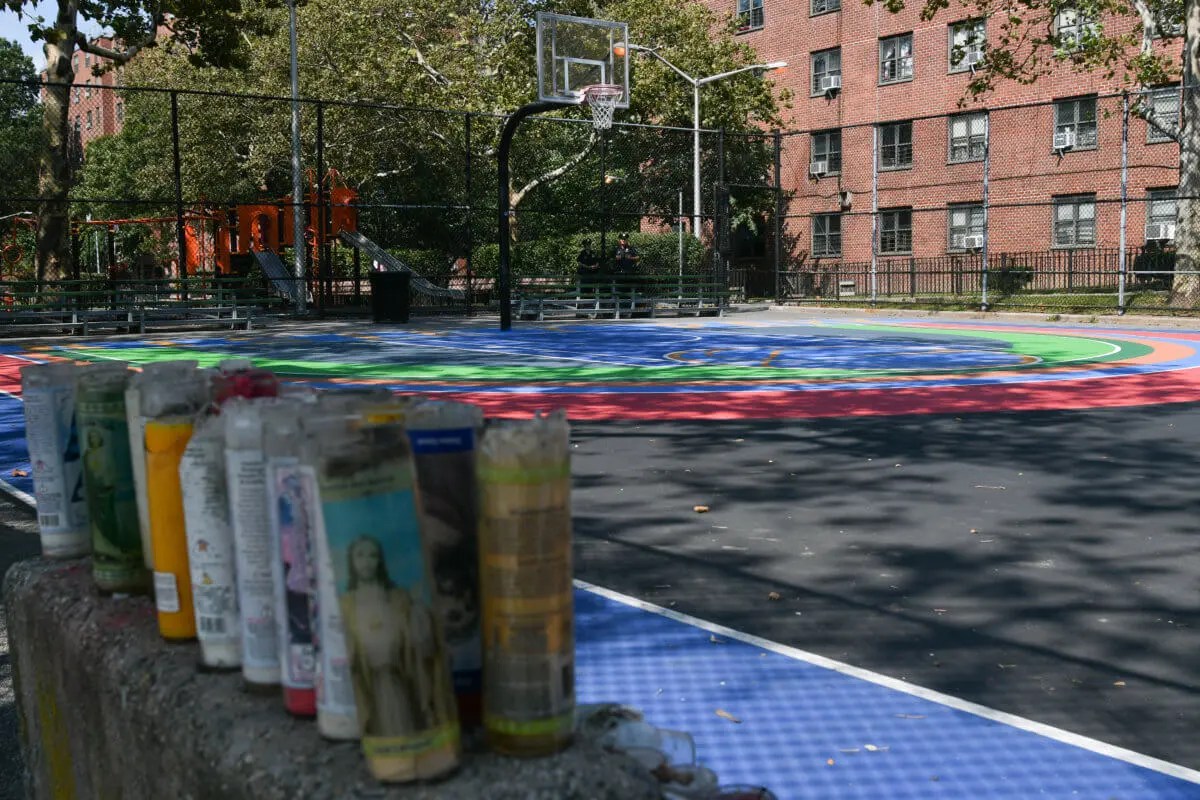Though the Mayor claimed to end solitary confinement in New York City jails, criminal justice advocates say the City’s plan continues these practices by another name, and are imploring members of New York City Council to pass legislation to put an immediate end to the practice.
Hundreds of members of civil rights and racial justice groups have signed a letter to City Council Speaker Corey Johnson requesting that the city’s legislature take up new action targeting solitary confinement offenses. This comes nearly two months after the Humane Alternatives to Long-Term (HALT) Solitary Confinement Act was passed to put such practices to an end.
But according to some 600 signees, the Department of Corrections and Board of Corrections have figured out a way around the bill.
In light of the June 8 HALT Solitary Confinement Act, inmates are required to be provided with access to at least 7 hours of congregate programming and activities after the New York City Board of Corrections (BOC) unanimously voted to end solitary confinement within the City’s jail system.
Mayor Bill de Blasio previously boasted that through the new alternative disciplinary model, Risk Management Accountability System (RMAS), “New York City is going further than any jail system in America to ban solitary confinement once and for all.”
However, it is reported that people are still being indefinitely sealed away, alone, in a cell for 23 hours a day thanks to a loophole—which advocates say violates HALT.
As stated in the letter to Johnson obtained by amNewYork Metro, individuals are being held within a pen-like cell consisting of two cages. Inmates can be shut away in a small cage for the vast majority of the day before being shifted into a small, adjacent extension for an hour, which constitutes as recreational time.
Advocates say this violates the promised 10 hours a day for out-of-cell time and are pleading with Johnson to address a human rights issue.
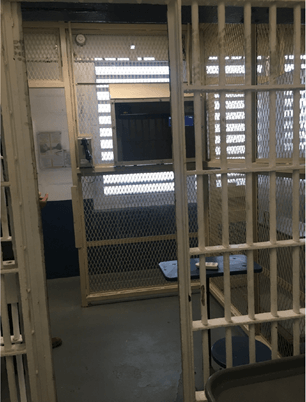
“People being locked in these spaces will suffer the same or similar harm as in other forms of solitary confinement. The harms of solitary confinement stem from the social isolation and lack of meaningful human engagement. People will not have access to congregate programming or activities with other people and will not even be in the same space with other incarcerated people. Allowing a person to move from one cell where they sleep to another adjacent cell, alone, does not stop the social isolation or lack of meaningful human engagement. This system is a clear form of solitary confinement,” part of the letter read.
Civil rights activists say that these deficiencies must be addressed, ensuring a true compliance with the state law and ending solitary confinement, stressing that individuals must have full days outside of their cell. Additionally, this time must include at least 7 hours of meaningful interactions with others to socialize in a shared space.
Jerome Wright, a survivor of solitary confinement and #HALTsolitary Statewide Organizer, told amNewYork Metro that he was “re-traumatized” when he learned of the loophole the Department of Corrections is implementing.
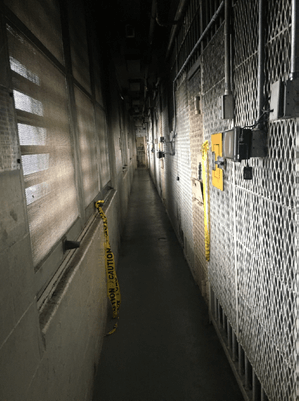
“It is incomprehensible to think that this ‘2.0’ version of solitary confinement could be advanced by New York City officials as an adequate and appropriate response to their pledge to end solitary. Not only will it not end solitary, it will undermine the long, hard-fought 8 year effort to pass the HALT Solitary Confinement Act to end the perpetual, indiscriminate and abusive torture that solitary represents. The City’s plan needs to be repudiated immediately and the Speaker and City Council need to really end solitary as promised,” Wright said.
A spokesperson for Speaker Johnson said he is reviewing the letter. A Corrections Department spokesperson indicated that the agency and the Board of Corrections “worked to craft” the new rule that “provides fewer hours out of cell for people adjudicated to restrictive housing.” They denied that any such prisoner is locked in for 23 hours.



